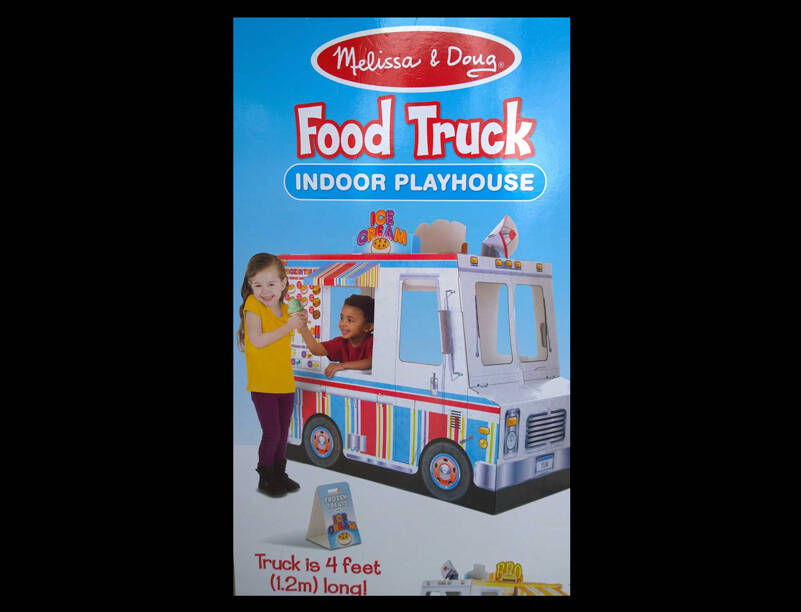By Morf Morford, Tacoma Daily Index
When it comes to restaurants, we all have different preferences, but I think it’s fair to say that we have similar, even almost universal expectations when we go somewhere outside of home for a meal.
In most cases we want a place with good food, excellent service and a level of cleanliness and comfort that suits us. And, for some of us, at least some of the time, the price range is a factor.
And for more and more of us, food sensitivities/allergies or preferences (as in vegan, organic, local or sustainable) are an ever increasing criteria.
Here is a set of guidelines/warnings/recommendations based on research, conversations and unexpected encounters with public eating establishments.
The menu
When it comes to menus, many times, less is more. If the place offers every item on the global menu, it probably does none of them very well.
If you want something fresh, and almost certainly a local favorite, focus on those places that specialize.
It may or not be a reliable indicator, but in most cases I find that business and individuals are basically consistent – a well-kept parking lot and a clean and maintained bathroom, in most cases, means that the restaurant values cleanliness.
The staff
In short, if the staff looks like they’d rather not be there, you probably don’t want to be there either. And if the front of house looks unengaged, and disconnected, the back of house (as in the cooks and prep staff) probably is as well.
The locals know
If you want good food and reliable service, go where the locals are. Tourists and “influencers” are unreliable guides. Local people, especially “regulars” at a restaurant are the best guides.
What’s that smell?
If a restaurant smells like anything – it should be good. Soups or steaming almost anything are an invitation.
The stench of stale grease or burnt food is a sure sign to consider plan B.
But the smell of something wonderful can be irresistible.
Not too busy, and not too empty
Like Goldilocks, we all want a place that is “just right” – not packed and not deserted.
I’ve noticed that those restaurants that have lines out the door have a very strange dynamic going on – they are popular precisely because “everyone goes there”.
My experience is that those places don’t always have great food – but they are memorable or attractive for other reasons. From the theme to the neighborhood to accessible banquet rooms, you never know why one place might be more popular than another.
And you can’t count on it being the quality of the food. Or even the staff.
People have been known to gather for the experience of being together – in spite of the food offered.
When to go
Running a restaurant is a strange business model; you open your doors and hope people come in. But not too many people. And not too few.
Some costs (like staffing, rent and utilities) are constant – but customers are not always constant.
In most cases, Mondays, Tuesdays and Wednesdays tend to be slow. Thursdays, Fridays and weekends tend to be busy – often too busy.
As a customer, you will, in most cases, find better service early in the week. The staff and management will appreciate your patronage far more on those days.
And no matter when you go, take a quick glance at the customers already there – if they are having a good time, you probably will too.
Specials (and sometimes free food)
Several restaurant chains offer deals for loyalty programs and offer free meals on birthdays or other memorable occasions.
Chipotle has a different philosophy. One year they celebrated National Nurses Day by offering buy-one-get-one entrees for anyone who displayed a nursing license. Another time, they offered a free burrito, taco, bowl, or salad (with an entree purchase) to any customer who came in wearing a hockey jersey. This one was in honor of “Hockey Weekend Across America.” Stay tuned to their website or stores for any other spur-of-the-moment deals from them.
Seniors, students, kids and veterans (and almost everybody else) gets a discount at some time at some place.
Foods to avoid
There are all kinds of reasons to avoid certain menu items. From over-priced pizza toppings to absurd levels of sugar/calories/fat content, dangers lurk on almost every menu.
Beware of the proverbial “heart-attack on a plate” or the “pre-diabetic” dessert special. Here’s a reference to some of the worst foods (or, according to some nutritional experts, “edible substances”) America’s menus offer.
As point of reference, most Americans should aim for about 2,000 calories, 22 grams of fat and about 6-9 teaspoons of sugar on a daily basis. Most of us take in more (usually far more) than all of those. In most cases, that fat and sugar is semi-invisible, at least before we consume it. The typical 12-ounce can of soda, for example, contains about 8 teaspoons (32 grams) of added sugar. That’s about a full day’s ration in one, barely noticeable setting.
The average American takes in about three times the sugar they should – around 60 pounds of added sugar annually. The numbers are even worse for children. American kids consume 81 grams per day, equaling over 65 pounds of added sugar per year. (https://www.heart.org/en/healthy-living/healthy-eating/eat-smart/sugar/how-much-sugar-is-too-much)
Be sure to check label when you can.
Editor’s note: After living in China for about a year, when I returned and began “eating like an American” again I gained 2-3 pounds a day for about the first month.





